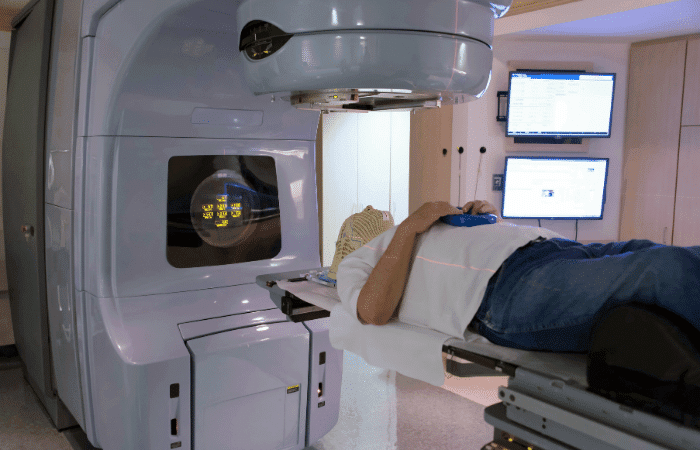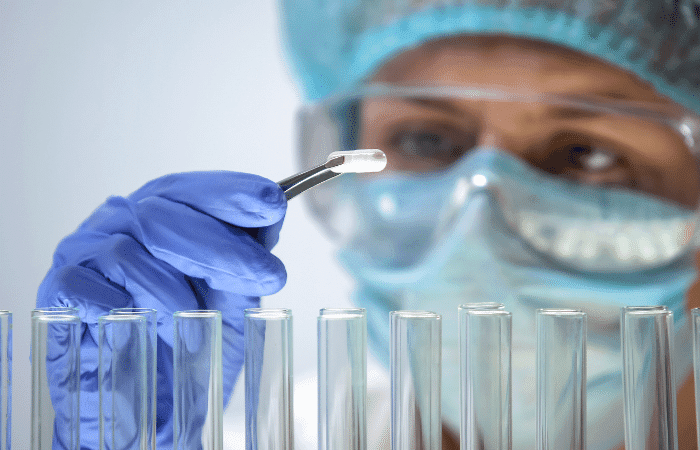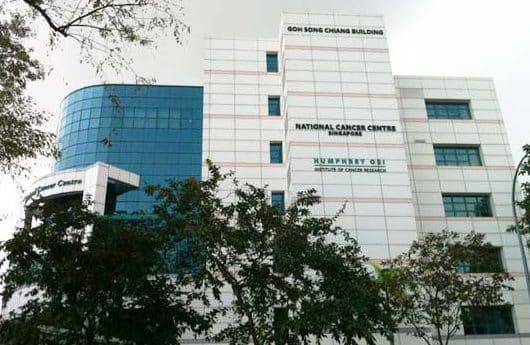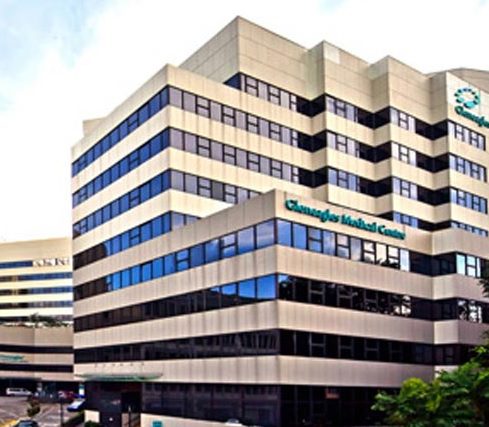A guide to foreigners seeking lung cancer treatment in Singapore
A major public health issue that affects people from all walks of life, including foreign nationals living in Singapore, is lung cancer. Fortunately, foreigners can obtain first-rate lung cancer treatment in Singapore because to the city-state’s highly regarded healthcare system.
Foreigners seeking lung cancer treatment in Singapore can benefit from the cutting-edge medical equipment, knowledgeable medical staff, and all-encompassing care provided there. Leading hospitals and cancer centres in Singapore accept patients from all over the world and offer individualised treatment regimens catered to each patient’s requirements.
Singapore offers a variety of lung cancer treatment alternatives that adhere to international standards. Depending on their unique situation and the stage of their disease, patients may receive surgery, radiation therapy, chemotherapy, targeted therapy, or immunotherapy.
The medical facilities in Singapore use cutting-edge surgical methods that offer precision and quicker recovery times, like minimally invasive treatments and robotic-assisted surgery. To provide the best results, cutting-edge treatment techniques and sophisticated radiation therapy equipment are also available.
In order to provide complete care, Singapore’s healthcare system places a high priority on multidisciplinary teamwork, bringing together experts from many sectors. This strategy guarantees that every patient receives a comprehensive treatment plan that takes into account all facets of their ailment.
Singapore’s effective healthcare infrastructure, which includes expedited procedures for doctor appointments, effective communication with healthcare providers, and a robust support system for overseas patients, is also advantageous to foreigners seeking lung cancer treatment there.
Singapore’s medical staff members are highly trained, sympathetic, and used to working with patients from other countries, so treatment will be pleasant and successful.
In conclusion, Singapore provides access to cutting-edge medical technologies, knowledgeable healthcare personnel, and a patient-centric approach to care, offering top-notch lung cancer treatment to tourists. Singapore continues to be a favourite location for international travelers looking for efficient lung cancer treatment due to its reputation for superior healthcare.
Cost of lung cancer treatment in Singapore
Cost of lung cancer treatment in Singapore may come out to be anywhere between $ 15,000 SGD to $ 35,000 SGD. Singapore is renowned for its top-notch healthcare system, which offers cutting-edge medical equipment and highly qualified medical personnel. However, this level of care is not free. The cost of treating lung cancer may cover diagnostic procedures, operations, chemotherapy, radiation therapy, and medicines. The overall cost could be high, possibly running into the tens of thousands of dollars. Foreign patients should speak with hospitals or healthcare providers directly to acquire precise cost estimates and to learn about possible financial help options like medical tourism or insurance coverage.









